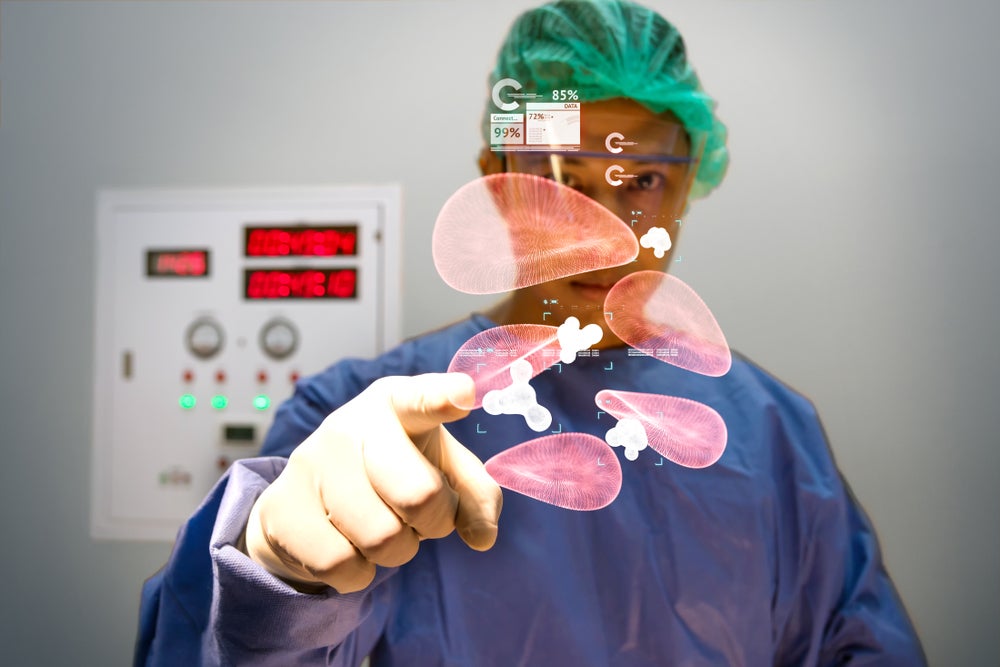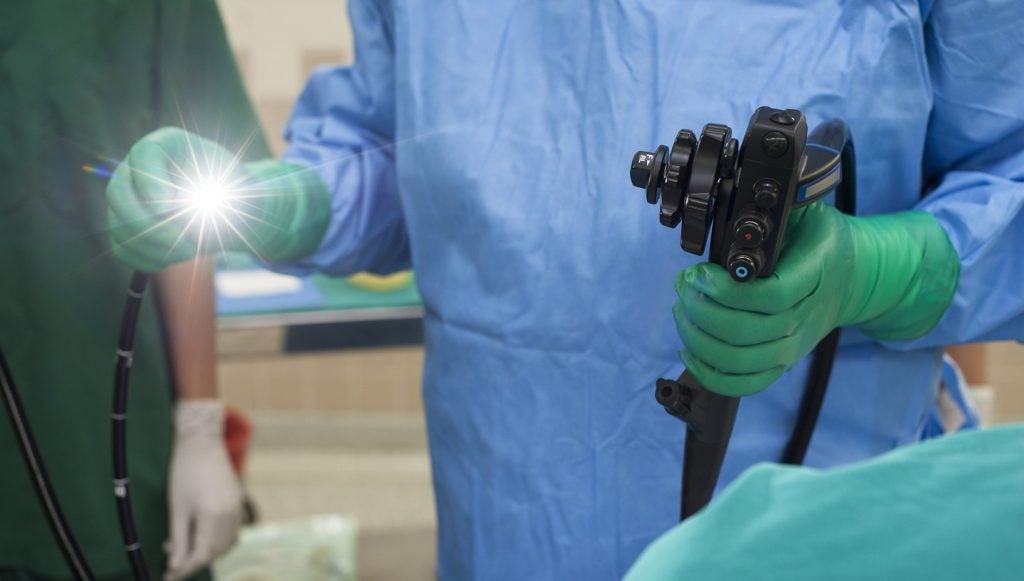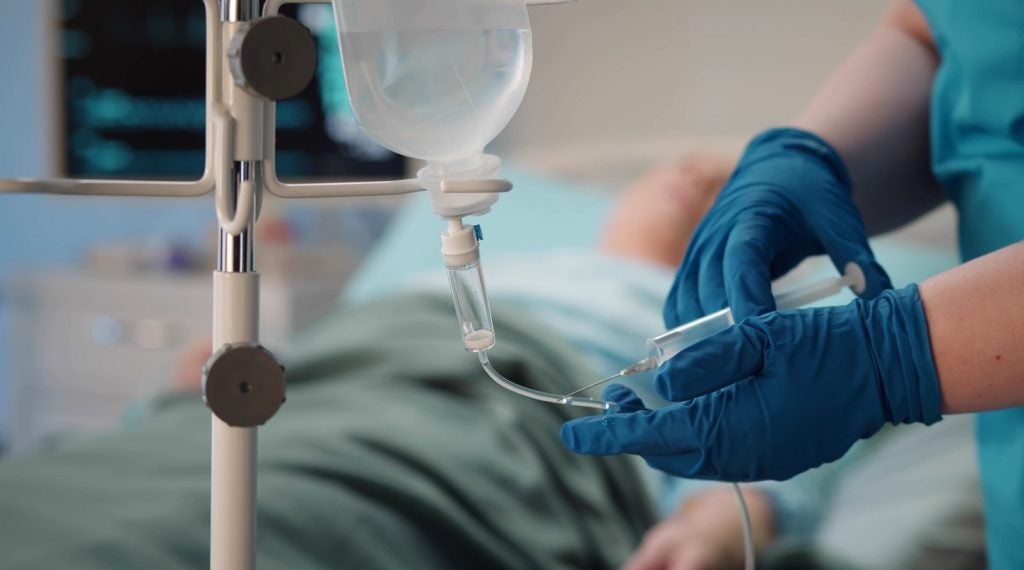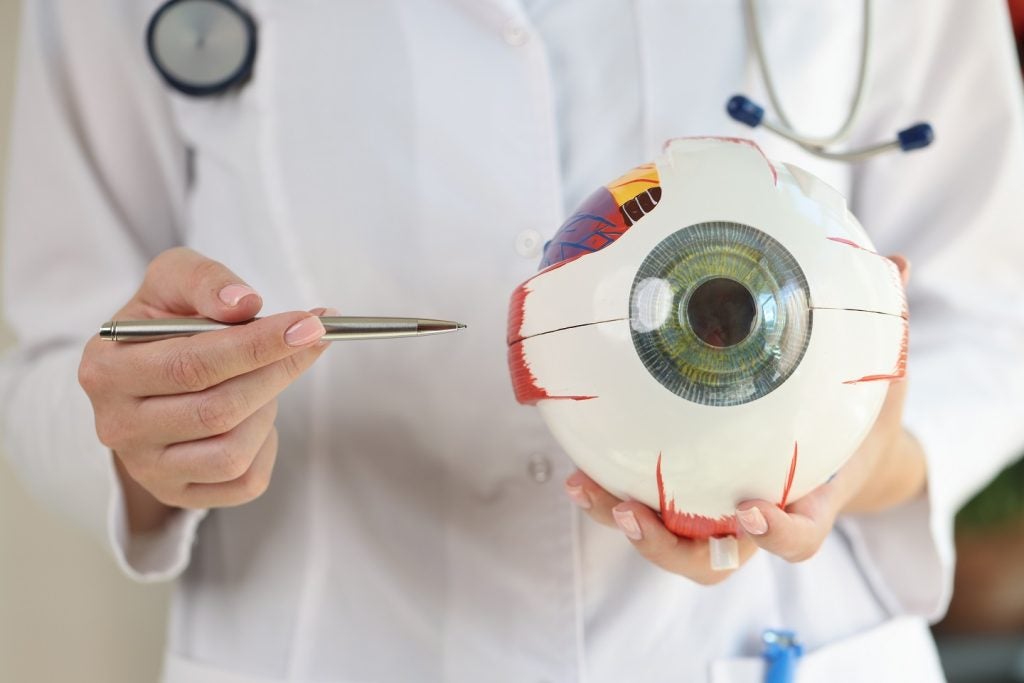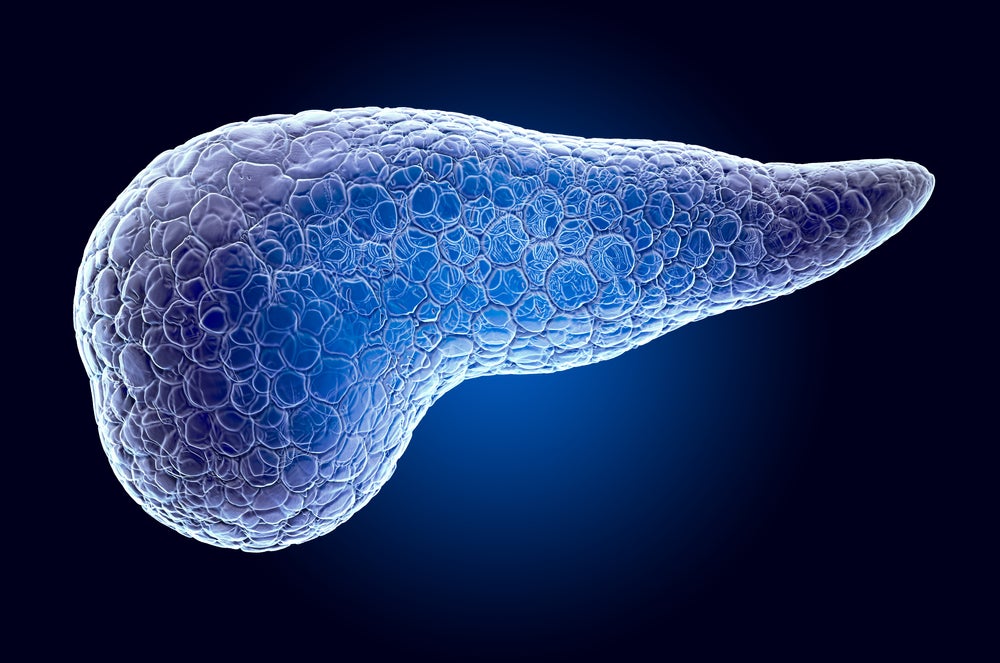The integration of augmented reality (AR) in healthcare is still in its early stages, but the potential for growth is immense.
AR technology provides surgeons with a detailed and interactive visualisation of patient anatomy, which can be superimposed onto the actual surgical field.
This remarkable expansion, reflected in a compound annual growth rate (CAGR) of 36%, underscores the increasing adoption and impact of AR technologies in the medical field, enhancing surgical precision, training, and patient outcomes.
The use of AR in surgeries has been linked to fewer complications and improved patient outcomes.
By providing surgeons with a better understanding of the surgical site and potential risks, AR minimises intraoperative errors and enhances overall patient safety.
Postoperative recovery is also improved due to more precise and less invasive procedures.
By providing real-time data and visual aids, AR systems streamline the surgical workflow.
Surgeons can access critical information such as patient history, imaging results, and procedural guidelines directly within their field of view.
This reduces the time spent switching between different screens or consulting physical documents, thereby shortening the duration of surgeries and improving operating room efficiency.
ImmersiveTouch's recent US Food and Drug Administration (FDA) clearance for its AR surgical system is a significant milestone in the medical technology sector, particularly in the field of craniomaxillofacial surgeries.
This approval not only enhances the company's product portfolio but also positions it as a key player in the evolving AR market in healthcare.
The FDA clearance allows ImmersiveTouch to transition from solely planning surgeries to clinical use in operating rooms.
This move is pivotal, as it opens up new revenue streams and market opportunities.
The ImmersiveAR system integrates advanced holographic visualisation, enabling surgeons to interact with surgical and anatomic plans in real time.
This technological leap addresses a longstanding reliance on traditional 2D imaging, providing a more detailed and interactive approach to surgery.
The inclusion of patient information in the AR display aims to streamline workflow, reduce surgery time, and minimise complications.
The integration of AR in healthcare is revolutionising the field, offering unprecedented precision, efficiency, and safety in medical procedures.
This rapid growth highlights the transformative potential of AR technologies, from enhancing surgical planning and execution to improving medical training and patient engagement.
As companies such as ImmersiveTouch continue to innovate and receive regulatory approvals, the healthcare industry is poised to witness significant advancements, ultimately leading to better patient outcomes and streamlined medical practices.


